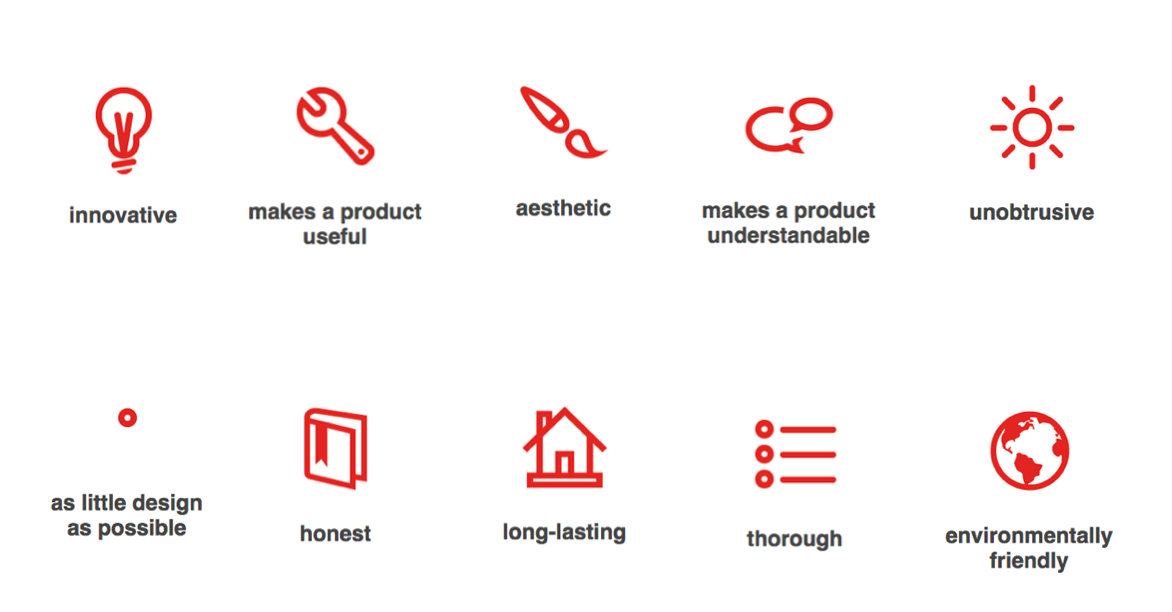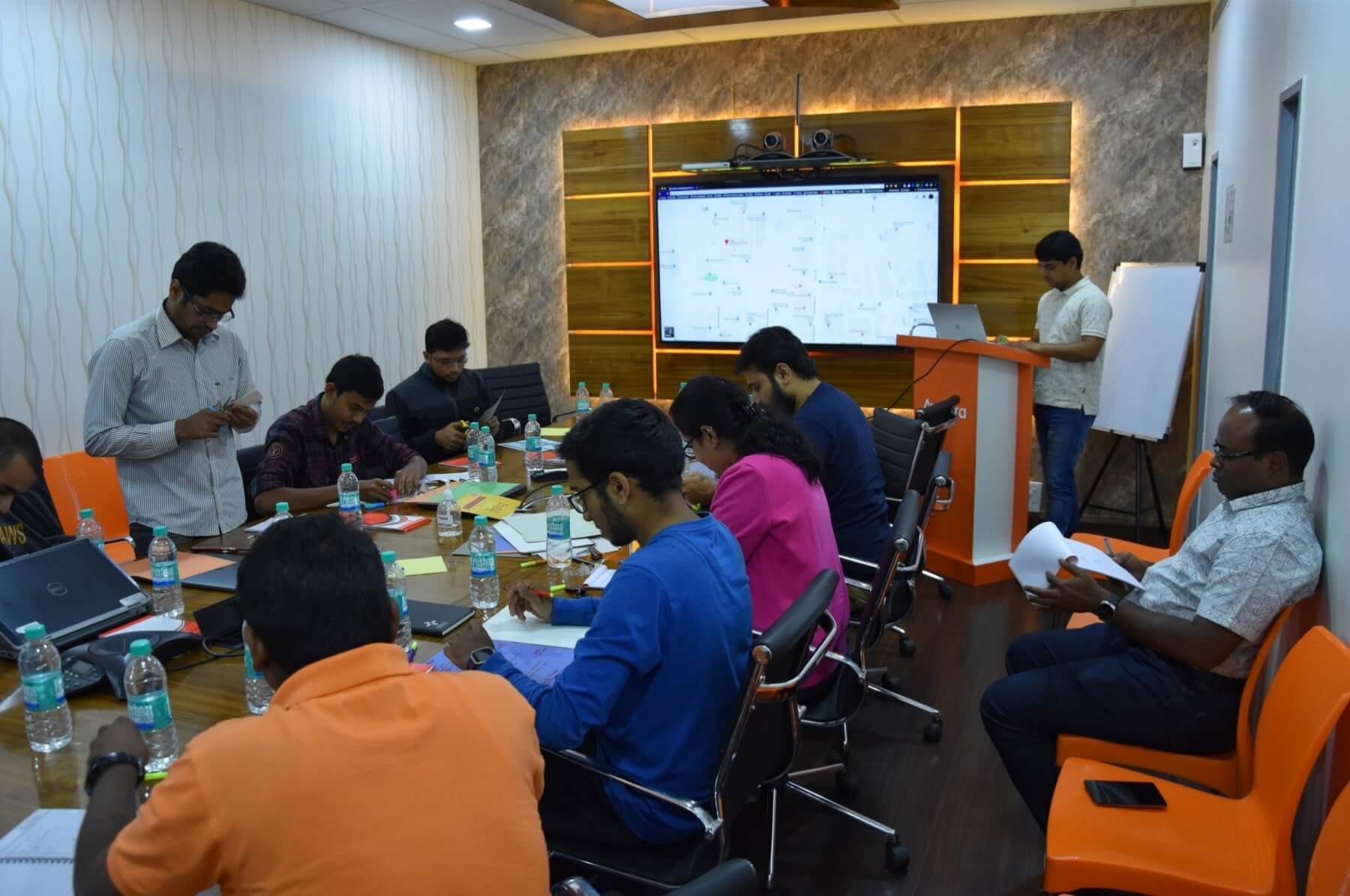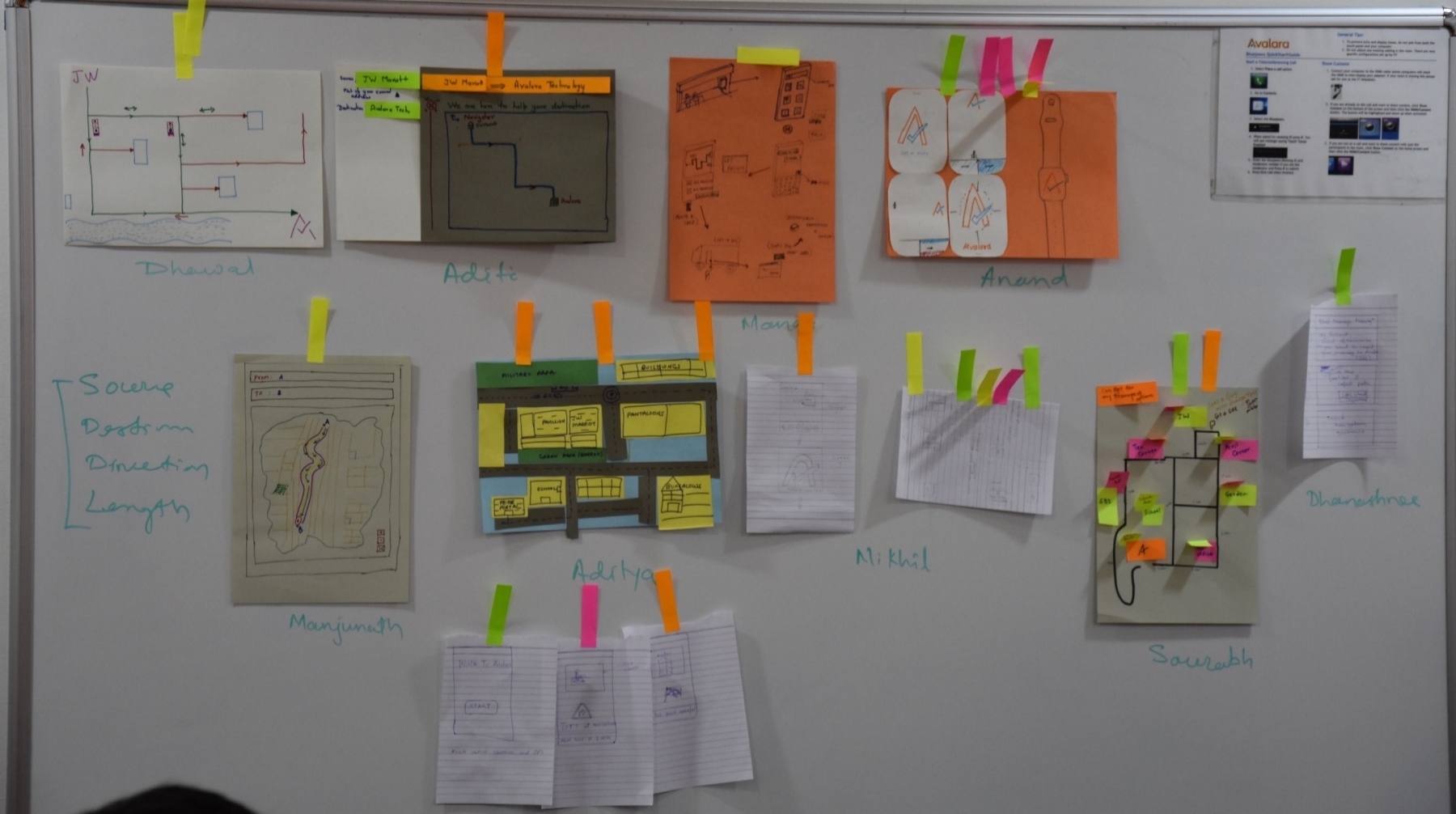
Innovate through design thinking - Avalara tech meetup
Many of the practices Avalara follows during product development rely heavily on design thinking, the act of putting user needs at the forefront of product design in order to deliver ease of use.
Given that our mission is to help businesses get tax compliance right, which is no small feat, design thinking is critical to our processes. We task ourselves with creating user-centric solutions that help make complex tax requirements much more manageable — simple even.
However, design thinking is not just an Avalara philosophy, but a widespread practice. To understand its significance, we have to understand its core concepts and principles.
Not a ‘designer’ by trade? Don’t worry. We all have well-developed portions of our brains that can, by default, evaluate and appreciate design.
Let’s start by considering an unusual picture and a question.
Where is the design?

This picture depicts a Stone Age man with a primitive tool. He is using it to give shape to another, bigger object.
We hope your imagination has already been sparked and that you’re now trying to find the design within the picture.
Yes, the answer is the primitive tool. This is the first design done by a human for a purpose, which makes tools so unique.
As we hope you can see, anything we develop for a purpose is a design, and that is, therefore, the definition of design.
“Design (a thought) is to design (articulate) the design (a process) of a design (finally a product).”
We can simply say designs should:
-Set clear expectations
-Put people at ease
Design is all around us
Now that we understand the purpose of design in our day-to-day lives, let’s consider what happens when it’s noticeably absent. Take the modern digital camera. It’s restricted to a rectangular shape, a design originally intended to facilitate the use of film, yet digital cameras don’t hold rolls of film.
Similarly, chairs, benches, and even public spaces are often so uncomfortable that it’s clear no one considered the user while creating them, and no one bothered to innovate and create something better.
There are other examples of design falling short, but let’s switch gears and think about what constitutes ‘good design’.
Though this is often considered a highly subjective topic, we are lucky to have a few world-class designers and innovators who conducted research and identified good design attributes that they then implemented in many successful products. Think many of Braun’s electronics products, all of Apple’s products, and many more.
Dieter Rams, a German industrial designer who designed many Braun products, identified the 10 principles of good design as:

1. Innovative
2. Makes a product useful
3. Aesthetic
4. Makes a product understandable
5. Unobtrusive
6. Environmentally friendly
7. Thorough, down to the last detail
8. Long-lasting
9. Honest
10. As simple as possible
We’re all designers
In a design experiment, Avalara’s Pune employees were recently asked to create a product that would guide anyone trying to reach the Pune Avalara office from the JW Marriot Hotel (a well-known landmark nearby).


At the end of the workshop, everyone had a unique and well-designed product intended to guide a person to the office. Perhaps just as important, the exercise also gave employees the opportunity to explore design principles with confidence and learn that design thinking is not only for artists or design professionals, but for everyone.
At Avalara, we apply the principles of design thinking to more than just our software user interface (UI). With every idea we pursue — from conception to development and completion — we use the foundation blocks of design.
We hope this article encourages you to understand and consider design principles in your everyday life, too.
Prepare your business for e-invoicing under GST
Discover how to meet all compliance requirements while integrating e-invoicing into your tax function.

Stay up to date
Sign up for our free newsletter and stay up to date with the latest tax news.



